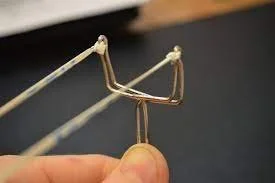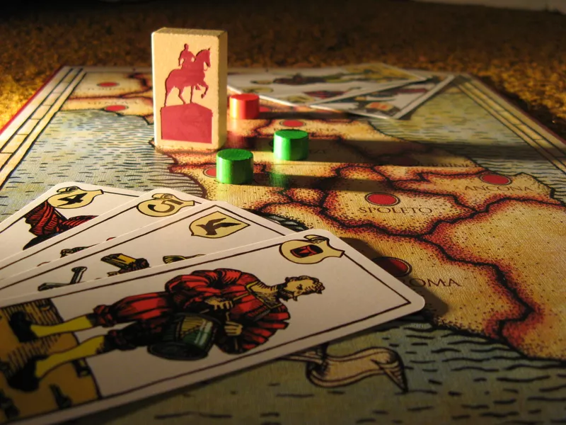This type of game is characterized by players taking on the role of a fictional character. This group of games, also called RPG’s, are some of the most popular games ever made both on the tabletop and in video games. Modern RPG tabletop games have simplified the complex games that originally created the genre without sacrificing the freedom that make RPG games so much fun. So if you are keen to inculcate your staff with empathy, provide better customer service skills or trying out design thinking – role playing games are highly suitable. What other learning points can you think of if you included role playing in your training toolkit?
Legacy of Dragonholt is a narrative adventure game that creates a unique experience by blending aspects of roleplaying and adventure games, open world concept video games, and even Choose Your Own Adventure books. Unlike many games, Legacy of Dragonholt is not about winning or losing, but rather about the act of creating a story. Without the need for a Game Master, this game ensures that every player has the opportunity to shape how their adventure plays out while its intuitive gameplay means that you waste little time before jumping into your tale.
Before you first set out on your adventure, you must confront one of the most difficult questions in gaming: who will you become? Legacy of Dragonholt gives you the opportunity to play as one of six humanoid races that reside in Terrinoth: humans, elves, dwarves, orcs, gnomes, and catfolk. Next, you'll select a class, before defining your physical and personality traits, and scribing a personal history. Each of these features creates a multifaceted character and defines the types of traits you possess, which in turn affect how you will approach obstacles throughout your journey and how you'll contribute to your party. For an in-depth look at the character creation process, you may look at our previous article here. Once you've created your own unique character, you're ready to dive in to a narrative adventure unlike any you’ve seen before.
Once your journey begins, Legacy of Dragonholt combines two forms of gameplay between the comprehensive Village Book and the six quest books that provide the plotlines of your tales. Within Dragonholt Village, you will encounter many colorful characters, each with their own stories that progress and interweave regardless of your involvement. The world is yours to explore, but it is not yours to control. Like a real community, the places you can explore vary depending on when you visit, and your encounters with the locals change depending on your traits and past experiences. For instance, a bakery may only be open early in the day, and the baker themselves may take a shine to you if you’ve already met their cousin, or if they’ve heard of the great deeds you’ve accomplished earlier in your stay in the village. Outside the relative safety of the village, thrilling dangers and mysteries await that you can experience in six unique quests. You will investigate strange happenings within in the village and venture into the wilds beyond to journey through deep woods, delve into dark crypts, and confront creatures long thought dead. As you progress throughout the game you will find that, like your village experience, your quests also change based on your past experience, who you have or have not met, and how much time has passed. After all, if you learn that someone is in peril to the west of Dragonholt Village, they are not likely to wait patiently for three days while you explore in the east. Your actions have consequences, but ultimately the choice lies with you. You do not have to be a hero. This is your story, and it is yours to define.
#roleplayinggame #experientiallearning #learnbydoing #skillsfuture #ssg #teambuilding #empathy JJFS ThinkLab




















